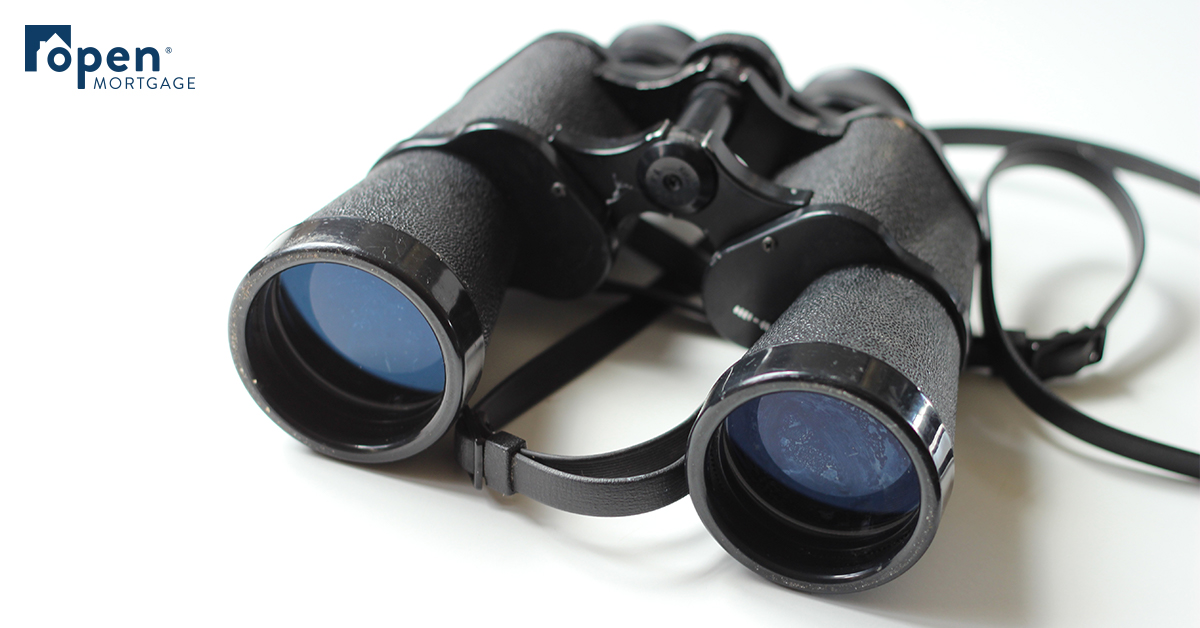
Home Inspections: a Critical Part of Your Homebuying Experience
Buying a home is one of the largest purchases you can make.
It takes most people 30 years to completely pay off their home, as around 90% of homes are purchased using 30-year mortgages.
Because of the high value of your home, and long timeframe needed to pay it off, it’s critical to thoroughly evaluate any home you’re considering purchasing.
One of the biggest parts of the evaluation process is the home inspection.
Home inspectors visually inspect homes and look for problems
With home inspections, qualified professionals visually inspect a home’s structure and components to look for immediate and potential problems.
Following the inspection, your inspector will provide you with a written report describing a home’s problem areas. The report can help you decide whether to purchase a home.
Areas inspected during home inspections
Individual states have different requirements for home inspections. However, the American Society of Home Inspectors lists home areas and parts that are evaluated in most standard home inspections.
These include:
- Structural parts– evaluating a home’s visual foundation, and looking for evidence of sagging and bowing, as well as unaligned windows
- Home safety features – testing fire and carbon monoxide alarms, as well as fire sprinklers, stair conditions, handrails, guardrails and garage door openers
- Roof – analyzing the condition of shingles, noting any repairs to roof, and looking for clear vents, damage to chimneys, and properly functioning gutters
- Outdoor grounds – ensuring there’s proper outdoor drainage, analyzing the condition of driveways and sidewalks, and making sure there are no septic tank leaks
- Exterior surfaces – looking for correct clearance between ground and siding material, analyzing the condition of exterior paint or siding, and ensuring lights and electrical outlets work properly
- Attic – checking for sufficient insulation, proper ventilation, and signs of leaking and water damage
- Electrical systems – noting the condition and type of wiring, as well as the proper functioning of circuit breakers, outlets, light fixtures and fans
- Interior plumbing – inspecting pipes for leaks and damage, and ensuring proper functioning of toilets, sinks, bathtubs, showers, as well as proper hot water temperatures
- Heating and cooling systems – testing heating and cooling systems for proper functioning
- Appliances – testing appliances for proper functioning, including the stove, dishwasher, refrigerator, microwaves, washer and dryer
- Basement – evaluating the basement’s foundation and looking for signs of water intrusion or damage
- Garage – analyzing the garage foundation, windows, ceiling, framing and roof, and ensuring there’s an up-to-code electrical system with properly functioning outlets
Areas not inspected
While the items below are generally not inspected in standard home inspections, it’s possible to have them evaluated by a certified specialist:
- Swimming pools
- Pests (insects etc)
- Asbestos
- Lead paint
- Radon gas
- Mold
Carefully choose your home inspector
Because of the critical importance of your home inspection, take time to research inspectors before selecting one. Your Realtor may be able to point you to ones they’ve successfully worked with. You can also speak with friends and family about inspectors they used in any recent home purchase.
Most importantly, make sure your inspector is accredited with respected groups such as the American Society of Home Inspectors and the International Association of Certified Home Inspectors.
If you have questions about the homebuying process, or are interested in a mortgage, contact one of Open Mortgage’s friendly loan originators today.





